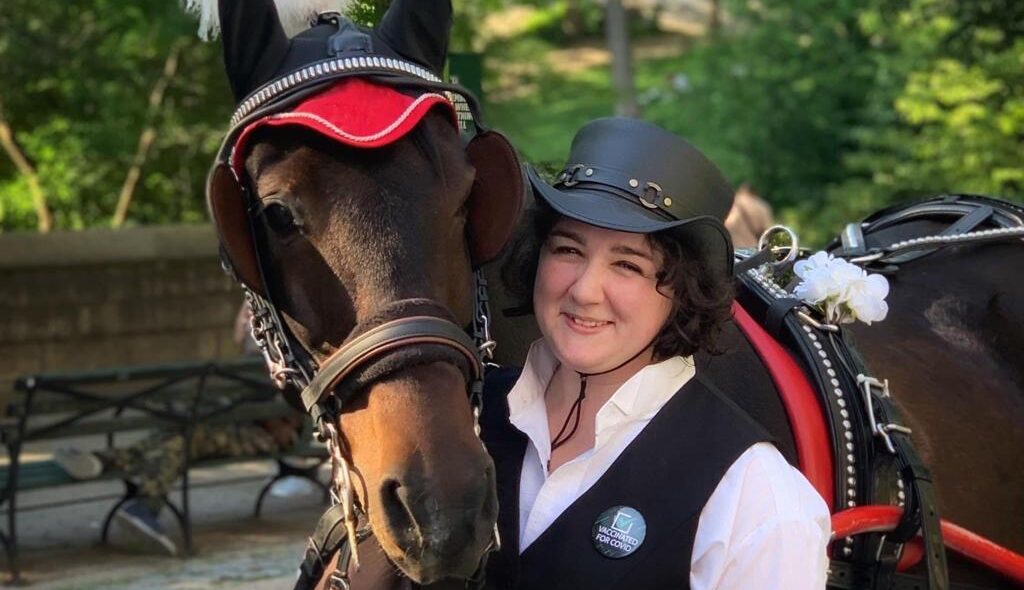Say Cheese!


Adult horses have between 36 and 42 teeth. (Adult humans have 32)
Like humans, horses develop baby teeth that are later pushed out by a set of adult teeth. The dental action, however, doesn’t stop there. Horses are hypsodonts like rabbits, sheep, and cows. Their teeth keep growing. At the same time, however, the size of their teeth is checked somewhat by the process eating: they are worn down by the chomping and chewing and grinding.
Still, it’s important for horses to have regular dental checks and care like “floating,” which is the removal of any sharp, jagged, or uneven enamel that could cause discomfort or even infection.
As horses developed on grassy plains, their front teeth, or incisors, are suited for clipping or cutting stalks of grass. The flatter and wider rear teeth are for grinding feed into mash before swallowing.
There’s a gap between the front and rear teeth, which is where the bit is placed. Sometimes additional teeth emerge that are smaller and pointier. They serve no current function and are called vestigial teeth that harken to earlier days in horse evolution when the head, jaw and teeth had different forms.